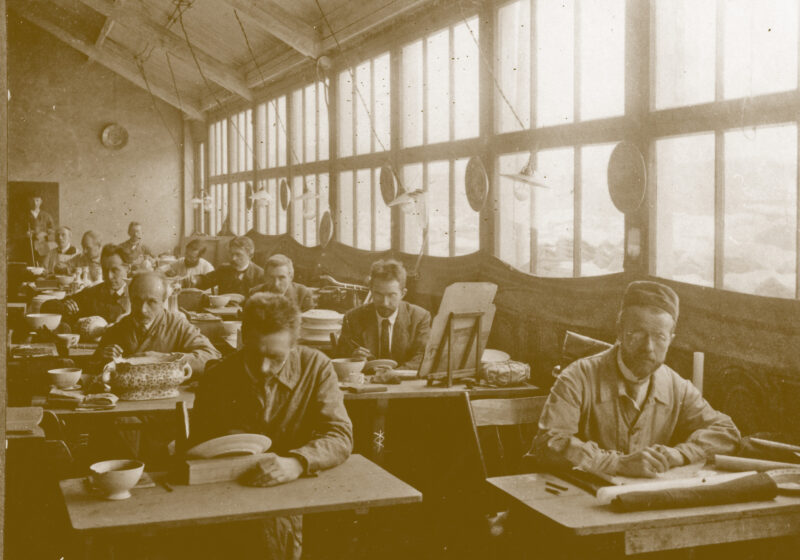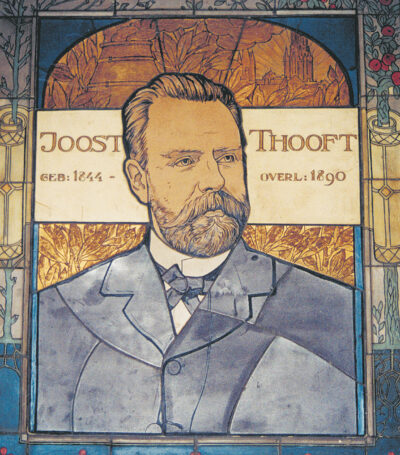Of the more than 30 pottery factories that were located in Delft and the surrounding area around the middle of the 17th century, De Koninklijke Porceleyne Fles is the only one left.
It is not certain at what time the first workshops emerged. It is known that in other places, such as Amsterdam, Haarlem and Middelburg, pottery with multi-colored decors on a white background was already being made in the second half of the 16th century. This was done with a technique that the Dutch potters had learned from their Italian colleagues. The first company probably only started in Delft at the end of the 16th century.
The situation changed when the Water Beggars, while capturing Portuguese ‘Kraken’, also found Chinese porcelain among the cargoes and brought it to Holland. After the founding of the East India Company in 1602, the porcelain with blue decors on a white background was very popular here and so the Dutch potters soon tried to make something similar.






